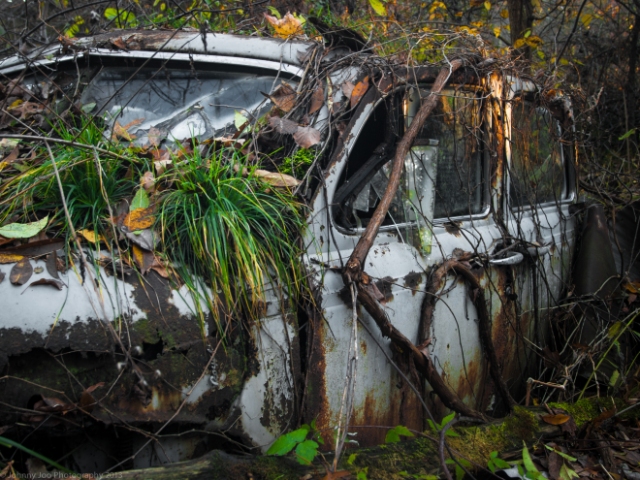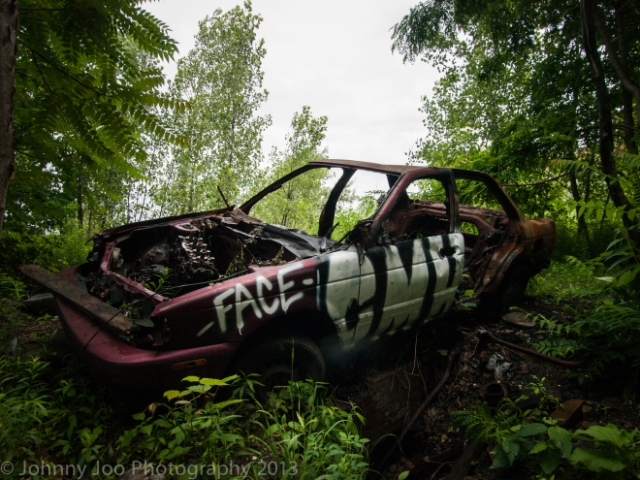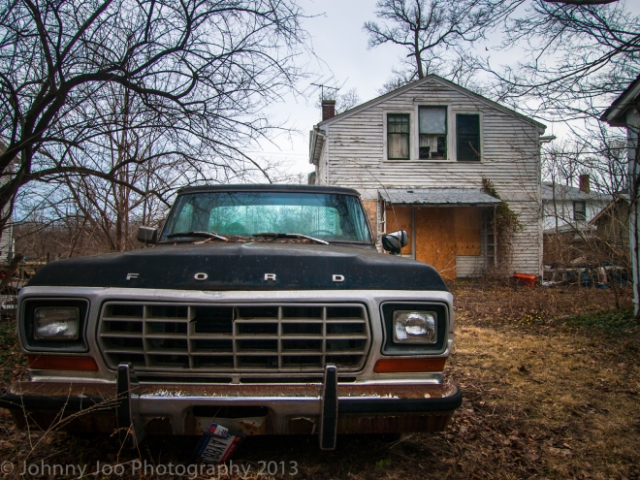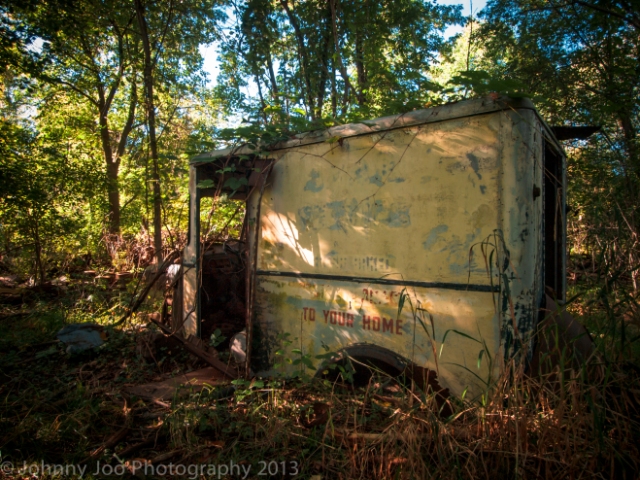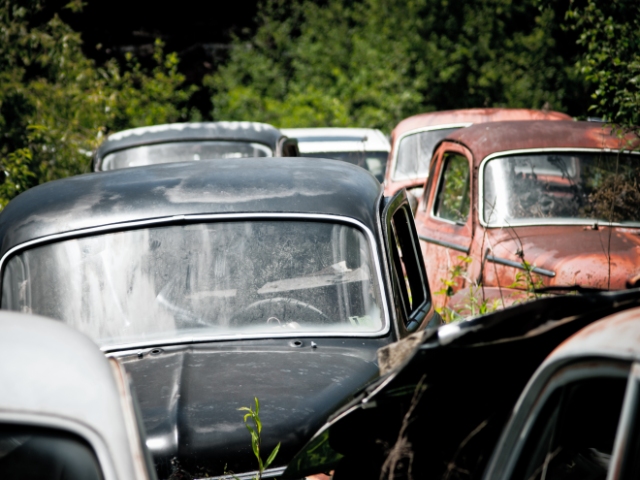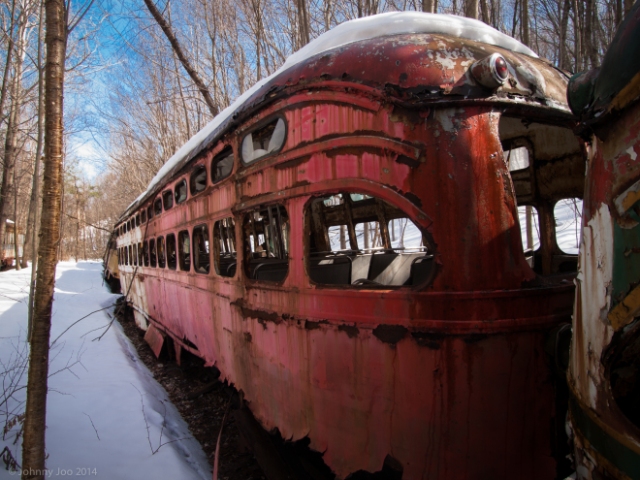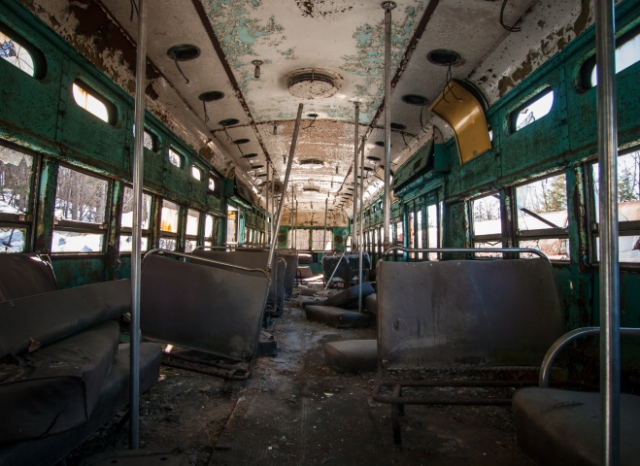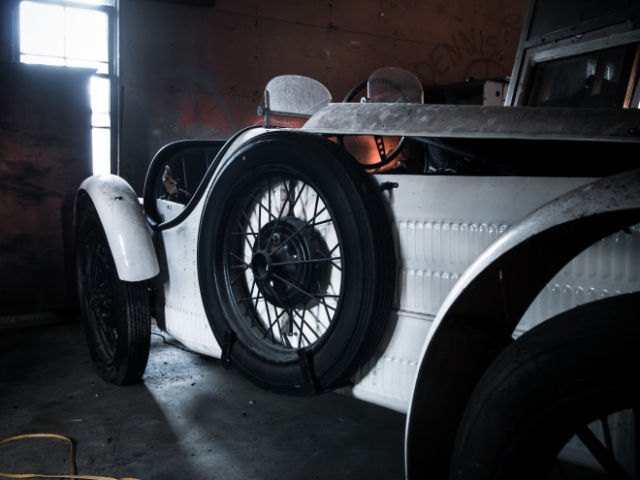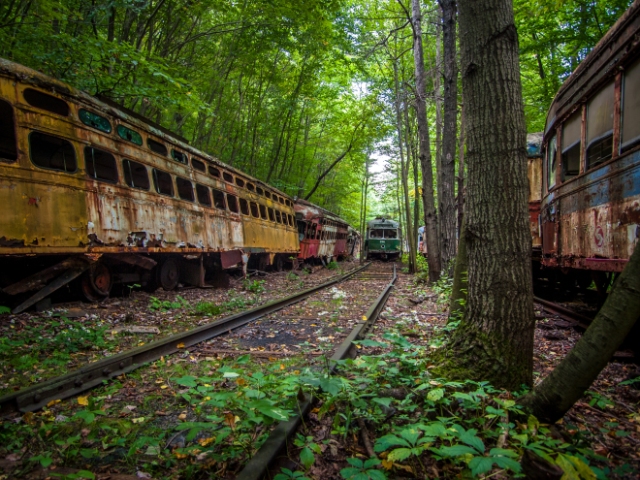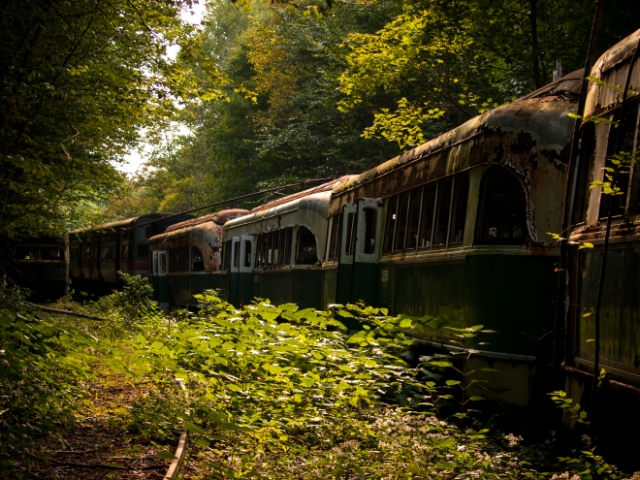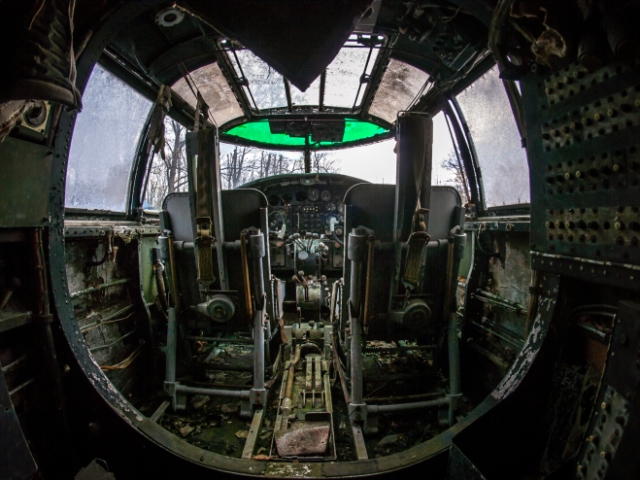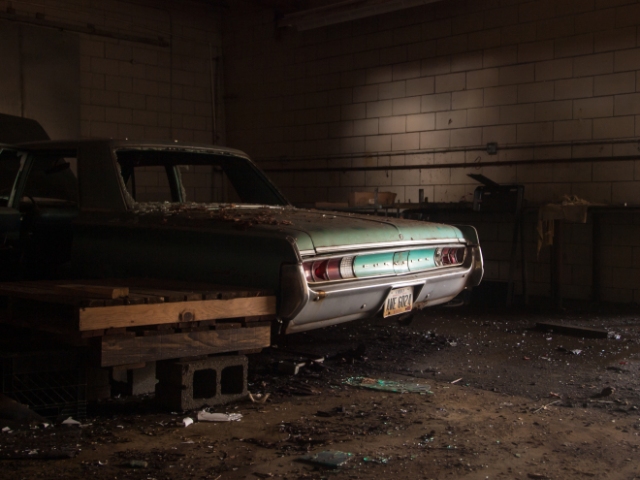
Transportation Forgotten – On Route to an Afterlife
I’m sure a lot of us have lingering memories, nostalgic and otherwise, of moments in life that have involved transportation. Whether it be a memorable road trip with friends, or perhaps a hot summer drive through the hills of a beautiful green countryside, while you sat, a young child admiring sunset from the passenger side window of an old rusted pickup truck. Imagine that after all of this time gone by, with each passing year these same vehicles have become forgotten, tossed away into a rusted pile, only to be taken over by time, while nature sits closely, consuming these memories.
This is exactly what has become of much transportation, as it is tossed into the dirt. Through the air, rail, road, water, cable, pipeline and space, we have built various methods to transport and trade goods, as well as move ourselves from one place to another, developing civilizations and helping us to see the world.
Forgotten aircraft can have a diverse history, from dark to strangely intriguing. Some of these planes had once flown a war zone taking lives, maneuvering high through destruction and chaos, but now sit buried beneath layers of rust, dirt and dust. As I wander into the middle of a quiet field, I find a lonely car, between 1930s and 1940s in age, becoming an open host to nature’s beautiful destruction, transforming it from inside out into a metal jungle.
During the time of wagon roads, Dr. J.W. Carhart invented the very first steam-powered carriage-sized automobile suitable to run on them in 1871. This left the state of Wisconsin intrigued to find a practical substitute for the use of horses. It was noted that the vehicle must maintain an average speed of more than 5 mph over a 200-mile long course. On July 16, 1878, the first city-to-city automobile race had begun, starting in Green Bay, Wisconsin and ending in Madison. Two of seven registered vehicles had competed, one from Green Bay, one from Oshkosh. While the vehicle from Green Bay maintained a greater speed, it had broken down before completing the race. The opposing car finished the 200-mile course in 33 hours and 27 minutes, yielding an average speed of six miles per hour.
Another thing that I feel a need to bring attention to is the fact that a lot of people tend to think that an electric car is some type of newer, futuristic invention. “Oh my, a car that runs on electricity!” While in reality, the first electric car of the world, the Flocken Elektrowagen, was invented by German inventor Andreas Flocken in 1888. Electric cars were actually largely popular between the late 19th century and early 20th century, with electricity being among the preferred methods for automobile propulsion, providing much greater ease of operation that could not at the time be achieved by gasoline cars available. A short time later, advances were made in internal combustion technology, including the electric starter, pushing these advantages further down the ladder. Gasoline cars were attaining a much greater range, with quicker refueling times. A growing petroleum infrastructure lead to a mass production of gasoline vehicles by companies like the Ford Motor Company, reducing the cost nearly by half in comparison to electric cars, which is still pretty similar to current day price difference. With the constant dropping, dropping, dropping of the use of electric propulsion, the United States had effectively removed it from its markets by the 1930s. In recent years, with all of these concerns over the environmental destruction due to gasoline cars, there has been a rise in the interest of electric vehicles. Though these had been reintroduced in the late-1990s, during that time, this was a miserably failed reappearance. Currently, it seems like they may be here to stay for a little while longer.
So what is to become of these once very much-needed machines? Something that was used on such a constant basis is now becoming nothing more than a mechanical plant pot, and though it spawns a fascinatingly altered scene, can you imagine buying a car simply to shape it into one of these?
Vehicles are lined up as if traffic had stopped, a never-ending rush hour. People have walked away from buses, from trains; things have been forgotten in garages and driveways, fields and factories. I’m always searching, looking for the things that most have forgotten or would not even care to bother with, usually leading me to strange, yet amazing places like these. Mother nature continues to consume our “trash” into a part of itself; shaping it as if it were a sporadically devised sculpture, where the wild world paints itself over these forgotten artifacts of human life. Long after we are gone, what will be left to remember us by? Some scraps, perhaps a cell phone or two?
I have witnessed these flares, in the sky…meteors so large that they could wipe out our entire existence…I have seen the glow of the universe presenting itself, radiating around me, even if for just a short moment…I have observed some wild, wild things…but I am still puzzled when confronted with a scene of such foolish forgetfulness.






